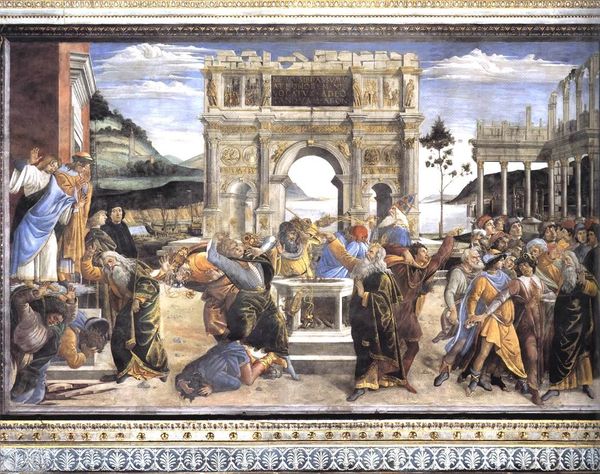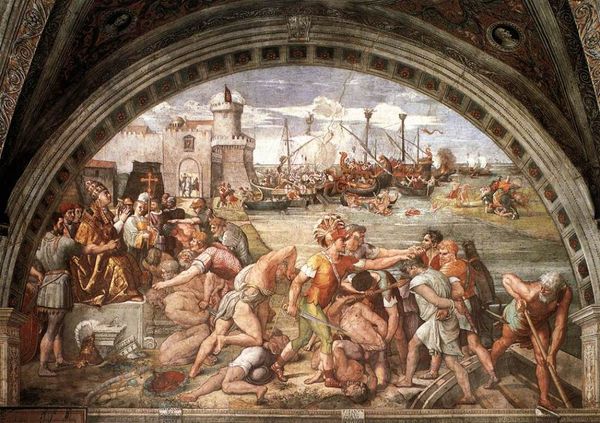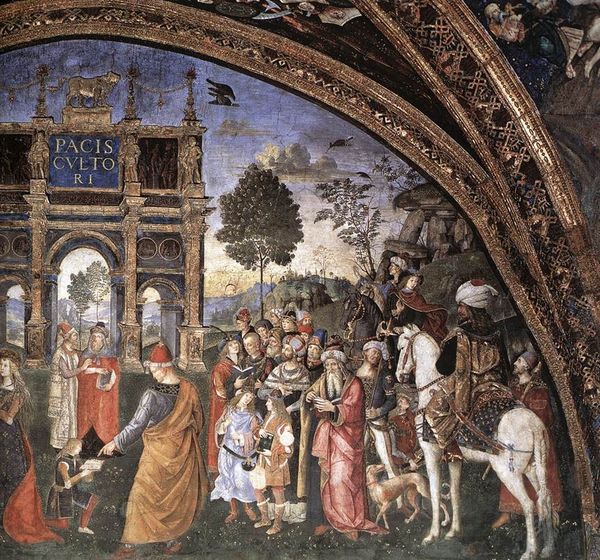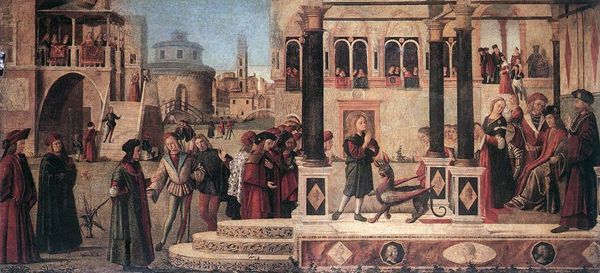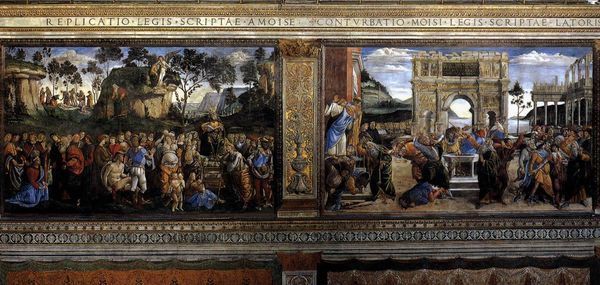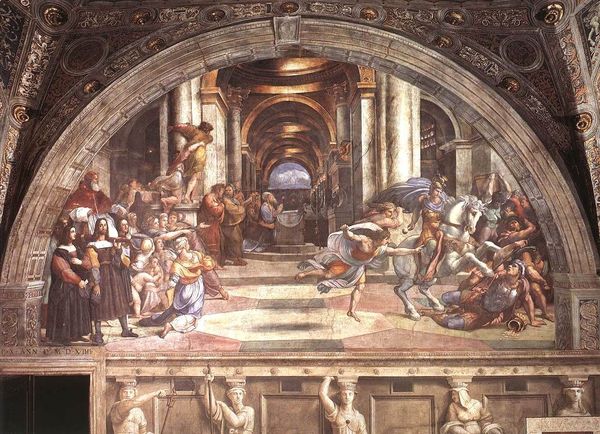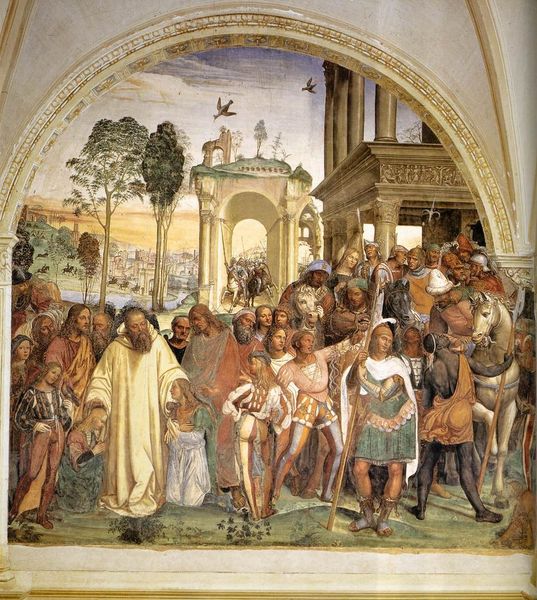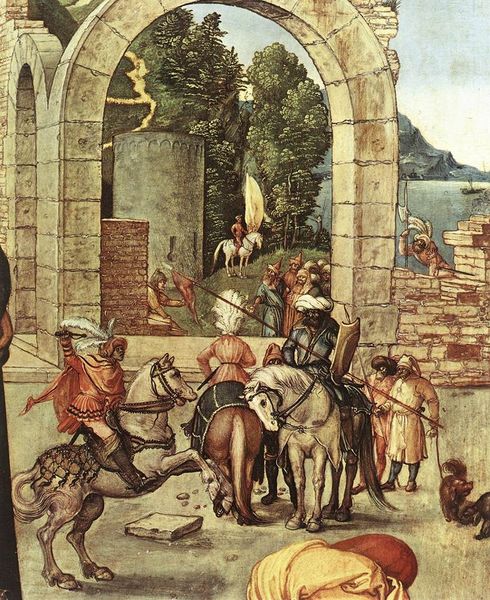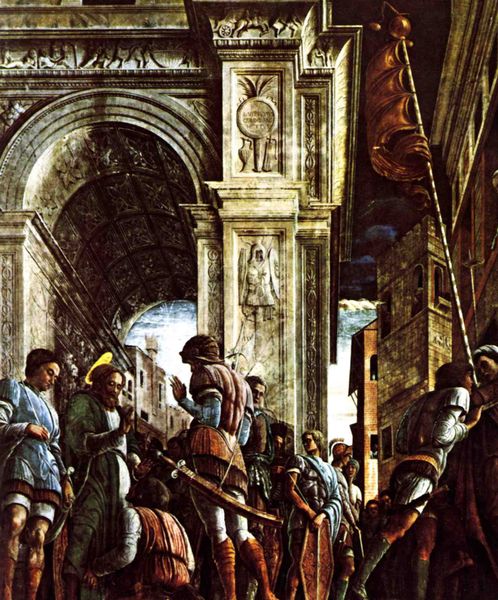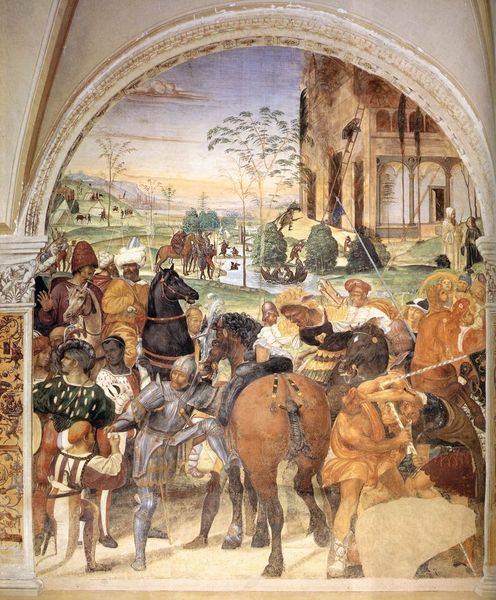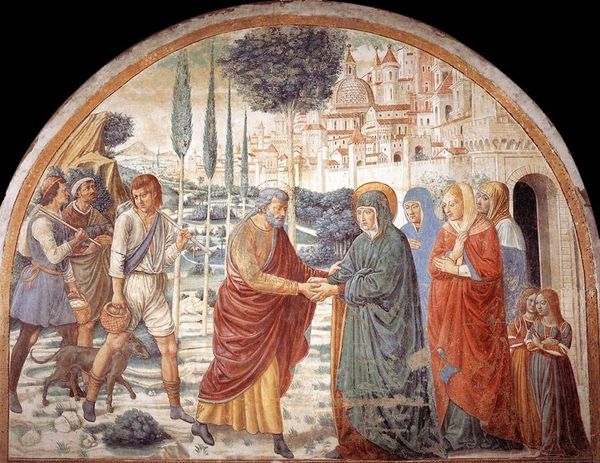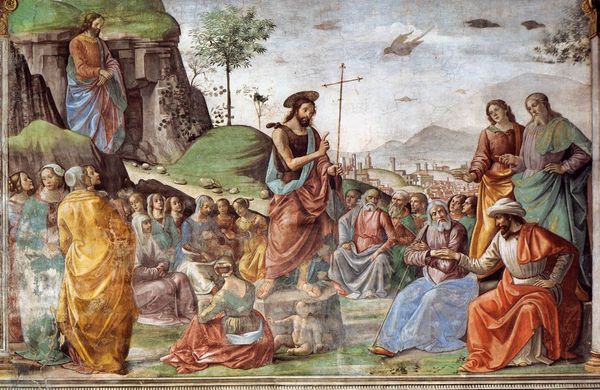Scene from the Life of Moses 1482
🔒Audio guide available with collection purchase
tempera, oil-paint, fresco
#
portrait
#
narrative-art
#
tempera
#
oil-paint
#
holy-places
#
figuration
#
fresco
#
oil painting
#
christianity
#
history-painting
#
academic-art
#
italian-renaissance
Dimensions: 570 x 348.5 cm
Copyright: Public domain
Comments
No comments
Be the first to comment and join the conversation on the ultimate creative platform.

